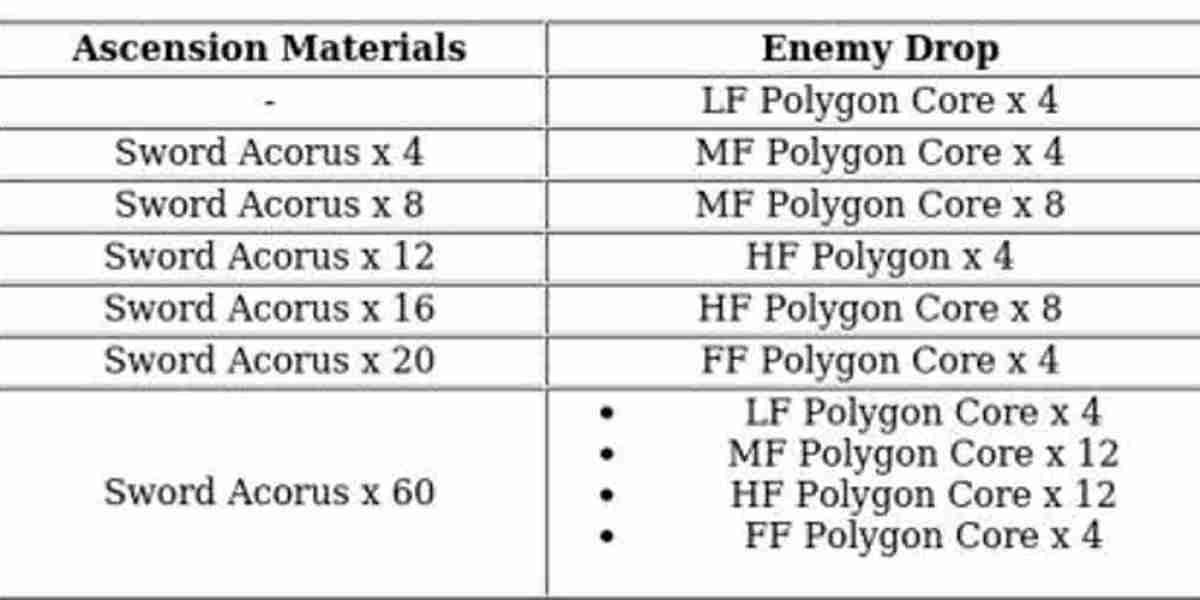The global vaccine packaging market is undergoing rapid transformation, driven by the growing demand for vaccines and the increasing complexity of vaccine distribution. As vaccines become more essential to public health, particularly with the rise of new technologies like mRNA vaccines, the need for effective and reliable transportation and storage solutions has never been more critical. A vital component of this transportation network is insulated packaging, which plays a crucial role in maintaining the temperature stability of vaccines throughout the supply chain. This article explores the innovations in insulated packaging that are shaping the future of vaccine transportation and distribution.
The Importance of Insulated Packaging in Vaccine Distribution
Vaccines are highly sensitive biological products that require careful handling and storage. Most vaccines need to be stored within specific temperature ranges to maintain their efficacy. For example, many vaccines must be stored between 2°C and 8°C, while certain vaccines, such as mRNA vaccines, require ultra-low temperatures as low as -70°C to -80°C.
Without adequate temperature control, vaccines can degrade, reducing their effectiveness or rendering them entirely ineffective. This makes insulated packaging a key element in the vaccine distribution process. Insulated packaging helps maintain the necessary temperature during transit, ensuring that vaccines are transported safely from production facilities to healthcare providers.
Insulated packaging systems are designed to protect temperature-sensitive vaccines from external environmental factors such as heat, humidity, and fluctuations in ambient temperature. They provide thermal insulation, reducing the rate of temperature change and ensuring that the vaccines remain within the required storage range for extended periods.
Key Innovations in Insulated Packaging for Vaccine Transportation
Advanced Insulation Materials
One of the most significant innovations in insulated packaging is the development of advanced insulation materials. Traditional insulation materials such as Styrofoam have been used for decades, but recent advancements in materials science have led to the creation of more efficient and sustainable options.
Modern insulation materials, such as vacuum-insulated panels (VIPs) and high-performance foams, offer superior thermal protection compared to older materials. VIPs, for example, are made from a core material that is evacuated of air and sealed in a durable, airtight envelope. This creates a highly efficient barrier to heat transfer, maintaining the internal temperature of the packaging even during prolonged transport.
High-performance foams are another example of advanced insulation materials. These foams have been engineered to provide excellent thermal insulation while remaining lightweight and durable. As a result, these materials are increasingly being used in vaccine packaging to ensure that vaccines stay at the correct temperature during long-distance transport.
Phase Change Materials (PCMs)
Phase Change Materials (PCMs) are substances that absorb or release heat during the process of transitioning between solid and liquid states. This unique property allows PCMs to maintain a stable temperature by absorbing excess heat when the temperature rises and releasing stored heat when it drops.
In vaccine packaging, PCMs are integrated into the insulated packaging to enhance temperature stability. When vaccines are transported, the PCM materials can help buffer temperature fluctuations, ensuring that vaccines remain within the required storage temperature range. For vaccines that need to be kept in a specific temperature range (such as 2°C to 8°C), PCMs can play a crucial role in maintaining that temperature without the need for continuous refrigeration.
For example, if the internal temperature of the packaging rises due to external heat, the PCM will absorb the excess heat and maintain the temperature at a stable level. Conversely, if the temperature falls, the PCM will release stored heat to keep the vaccines within the optimal range. This passive temperature control method is particularly useful for long-duration transportation and for areas where access to refrigeration may be limited.
Temperature-Controlled Packaging Systems
As the demand for vaccines grows, so does the complexity of the vaccine distribution network. To meet this growing need, manufacturers are developing more sophisticated temperature-controlled packaging systems. These systems combine advanced insulation materials with active cooling technologies, creating a comprehensive solution for vaccine transportation.
Temperature-controlled packaging systems may include features such as built-in refrigeration units, temperature sensors, and GPS tracking. These systems actively monitor and regulate the temperature within the packaging, ensuring that vaccines remain within the prescribed range throughout their journey. In some cases, these systems may also include data loggers that record temperature variations during transportation, allowing stakeholders to verify that vaccines have been kept under optimal conditions.
One of the key advantages of temperature-controlled packaging systems is their ability to handle both refrigerated and frozen vaccines. Many vaccines require storage at different temperature ranges, and having a versatile, temperature-controlled packaging solution allows manufacturers and distributors to transport a wider variety of vaccines using the same packaging system.
Sustainability in Insulated Packaging
With increasing environmental concerns and a growing demand for sustainable practices, the vaccine packaging industry is also focusing on the environmental impact of packaging materials. Many companies are exploring sustainable alternatives to traditional packaging materials, such as biodegradable insulation foams, recyclable plastic containers, and reusable shipping boxes.
Sustainable insulation materials offer the same level of thermal protection as traditional options but are made from renewable or biodegradable resources. Additionally, companies are working on improving the overall lifecycle of vaccine packaging by designing systems that can be reused or recycled, reducing the waste generated by vaccine distribution.
By focusing on sustainability, manufacturers can reduce the carbon footprint of the vaccine supply chain and contribute to a more eco-friendly approach to vaccine transportation and distribution.
Smart Packaging Technologies
In addition to advances in insulation materials and temperature control, smart packaging technologies are becoming an essential part of the vaccine packaging market. Smart packaging incorporates sensors, RFID tags, and IoT (Internet of Things) devices to provide real-time tracking and monitoring of vaccine conditions during transit.
These smart systems can monitor the temperature, humidity, and other environmental factors that could affect vaccine quality. If the packaging system detects a deviation from the optimal temperature range, it can send an alert to stakeholders, allowing them to take corrective action before the vaccines are compromised.
The integration of smart packaging with temperature-controlled systems enhances the overall reliability and transparency of the vaccine supply chain. These technologies also help ensure compliance with regulatory requirements, as temperature data can be recorded and stored for verification.
Market Growth and Opportunities
The market for insulated packaging in the vaccine industry is expected to grow significantly, driven by several factors:
Increasing Vaccine Demand: The global vaccination campaigns, including COVID-19, flu, and other immunization programs, are creating a massive demand for vaccines. As new vaccines are developed, the need for reliable, efficient, and temperature-controlled packaging solutions will continue to rise.
Technological Advancements: Innovations in insulation materials, phase change materials, smart packaging, and sustainability are driving the growth of the vaccine packaging market. These advancements are making vaccine transportation more reliable, efficient, and cost-effective.
Global Health Initiatives: Efforts to improve access to vaccines in emerging markets and remote areas are creating new opportunities for insulated packaging solutions. These regions often lack the infrastructure for traditional refrigeration, making insulated packaging and cold chain solutions vital for vaccine distribution.
Conclusion
The development of insulated packaging for vaccine transportation is a crucial advancement in the global vaccine supply chain. As vaccines become more complex and temperature-sensitive, innovations in insulation materials, phase change materials, and smart packaging systems are helping to ensure that vaccines are transported safely and effectively. These advancements are not only improving the efficiency of vaccine distribution but also ensuring that vaccines remain effective and safe for public use.
As the vaccine packaging market continues to grow, the demand for reliable, sustainable, and efficient packaging solutions will increase. The ongoing development of insulated packaging technologies will play a critical role in meeting these needs and ensuring that vaccines can reach populations worldwide, regardless of geographic or infrastructure challenges.




